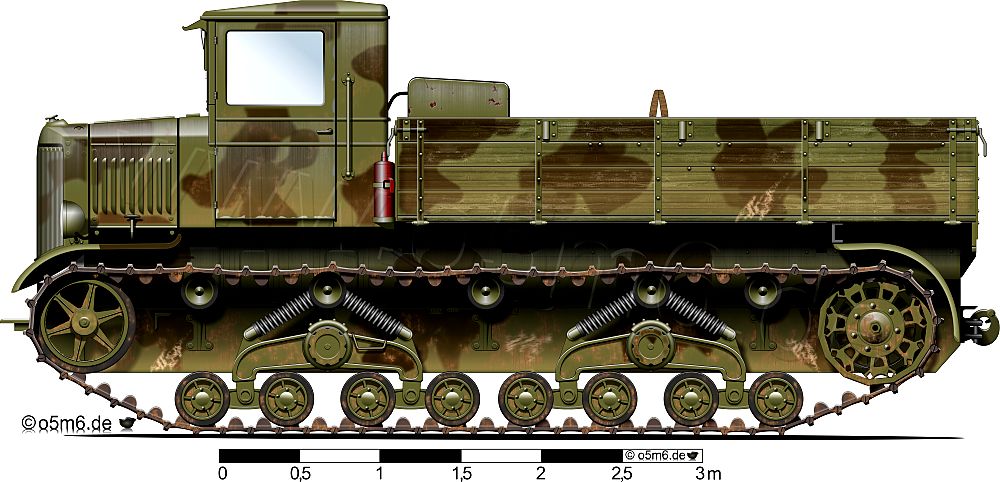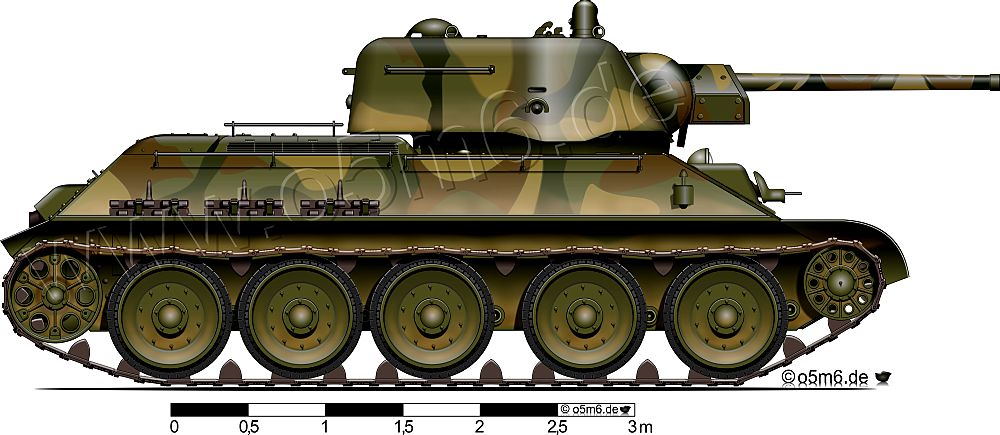Camouflage Net
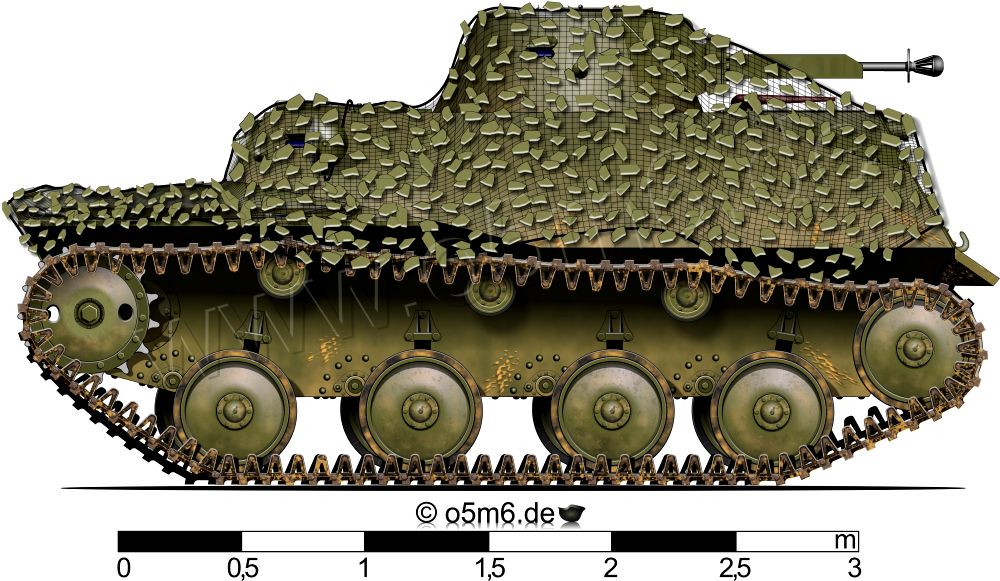
Overview
At the outset of the 1940s, Soviet industry began production of three paints in the form of a thick paste, which was to be diluted with oil varnish containing gasoline or naphtha.These colors were
- 4BO - Dark Green,
- 6K - Dark Brown and
- 7K - Green Black
.
Tanks were painted with two or three-color camouflage.
In 1940-1941, units were supplied with new armored vehicles, including the KW and T-34 tanks.
They were painted with standard 4BO paint, for it was planned that appropriate camou≠flage would be painted on after the complete formation of armored units.
Further, Stalin was planning an attack not defense, and during a massed attack the problem of camouflage was of lesser importance.
That is also why only a few armored vehicles had the required camouflage paint schemes during combat in the summer and fall of 1941.
Exceptions were armored trains that were particularly susceptible to aerial attack and had to be properly camouflaged.
Two and three-colored variations were used.
Camouflage paint schemes were used on a wider scale in the 1st Armored Division, in some units of the South-Western Front as well as oddly enough, the 6th Armored Division, 28th Mechanized
Corps, whose T-26 tanks were sent to occupy Iran.
Near the end of 1941, the Red Army's Armored Vehicle and Artillery Command began work on new instructions for camouflage and masking.
The use of a three-color paint scheme was recommended:
- Dark Green 4BO (45-50% of the vehicle),
- 7K Yellow (15-30%) and
- 6K Dark Brown (15-30%)
.
The use of templates to paint deforming camouflage was forbidden.
As opposed to the winter paint schemes, which were used until the end of the war, the summer camouflage was used only in a few theaters of war, where there were many forests or long-term
positioning combat was ongoing (e.g. in the region of Leningrad).
Multi-colored camouflage paint schemes were also used in self-propelled artillery units, which often hid to trap the enemy in ambushes.
Beginning with the summer of 1943, when the Red Army went on the offensive across the entire from, issues of using camouflage paint schemes receded, since the Soviet Army again became the attacking army, with lower importance being attached to appropriate securing of military equipment.
Vehicles received from Great Britain and Canada bore typical paint schemes for the British army Bronze Green and Dark Green (European variation), using one and two-tone schemes.
Vehicles made in the USA were painted Olive Drab.
2-tone camouflage
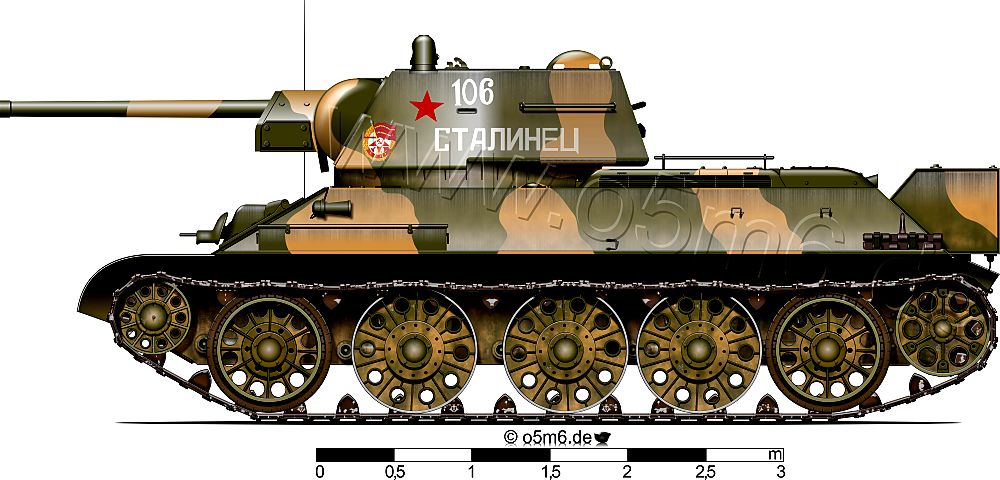
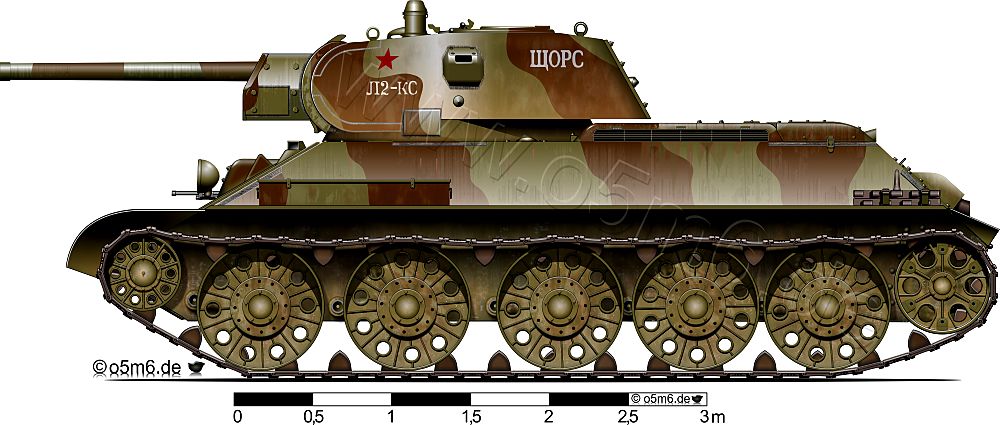
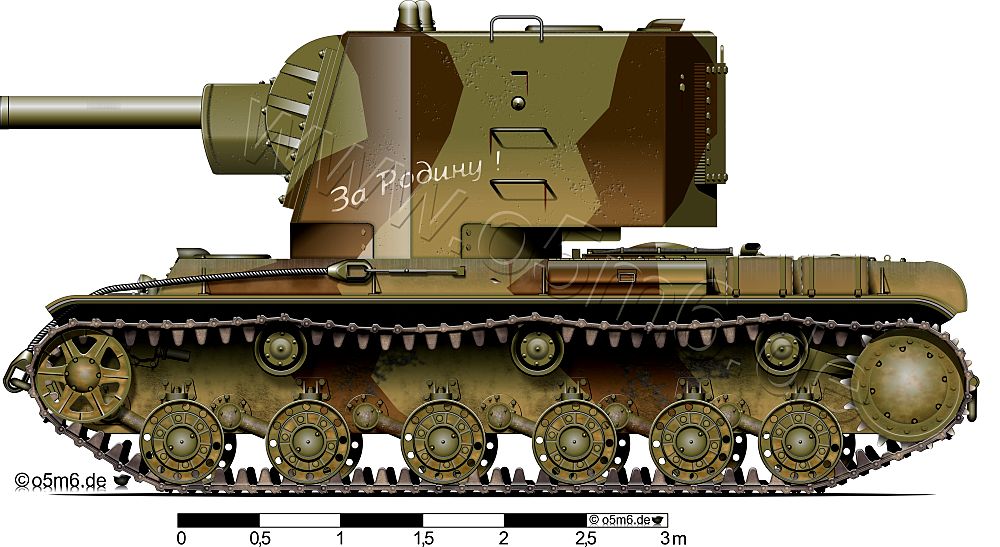
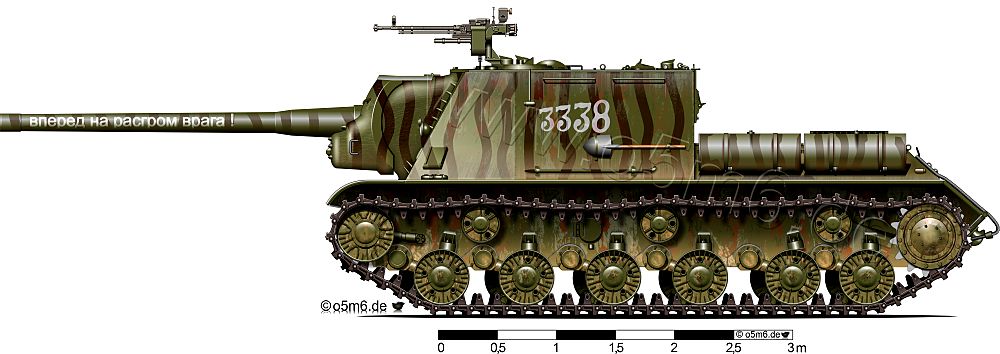
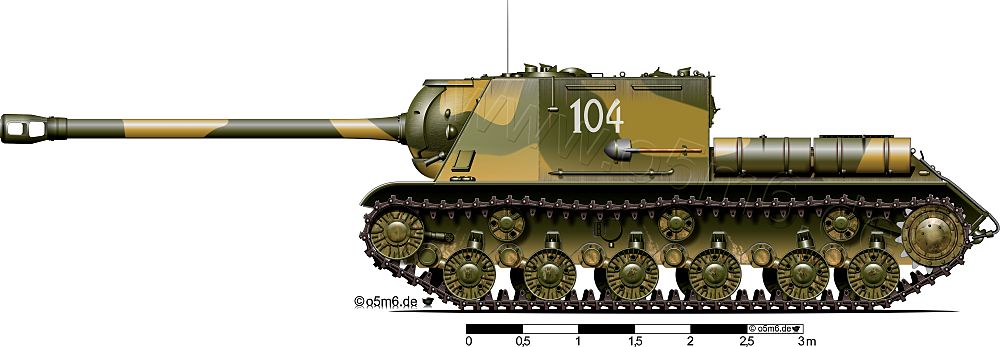
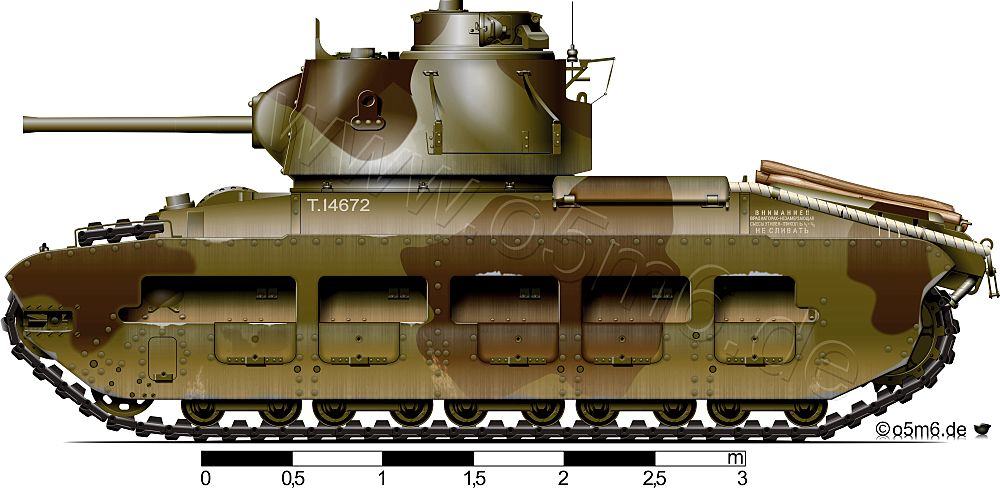
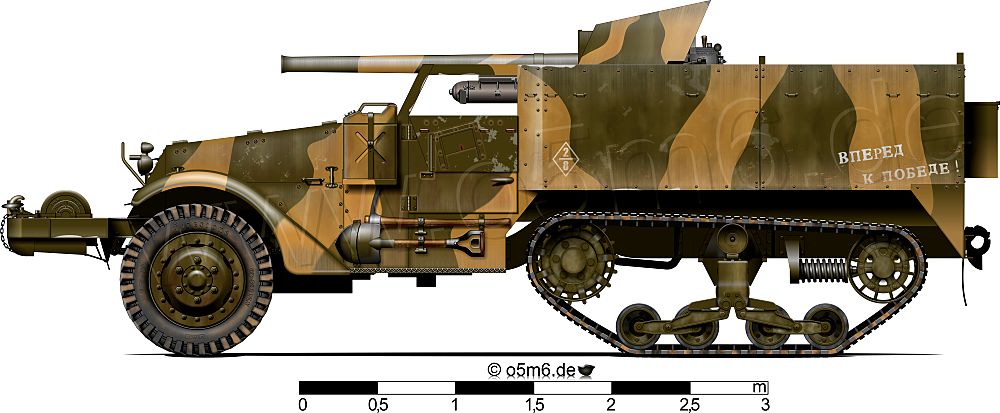
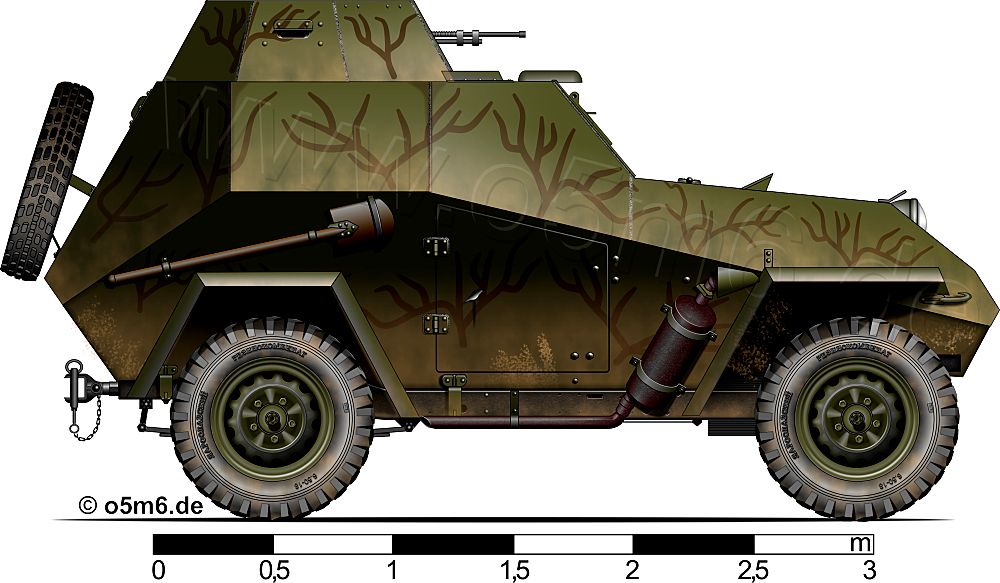
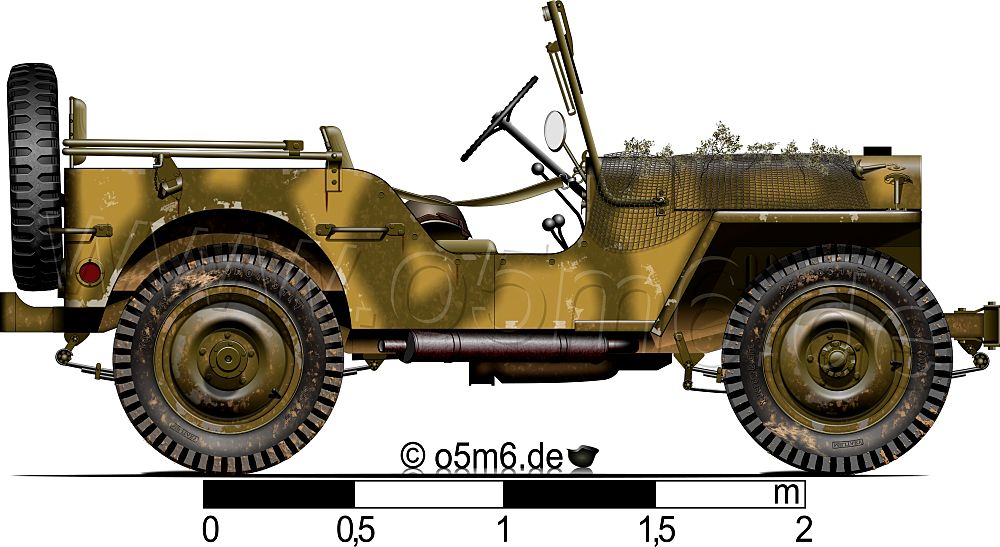
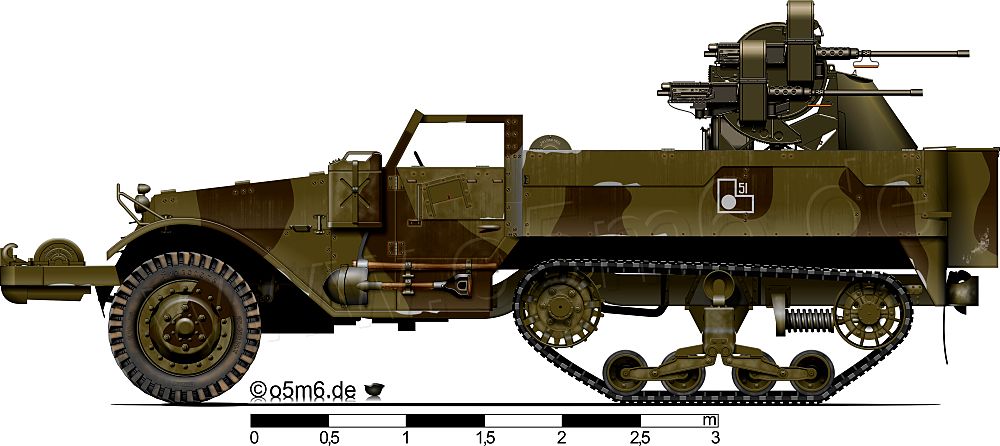
3-tone camouflage
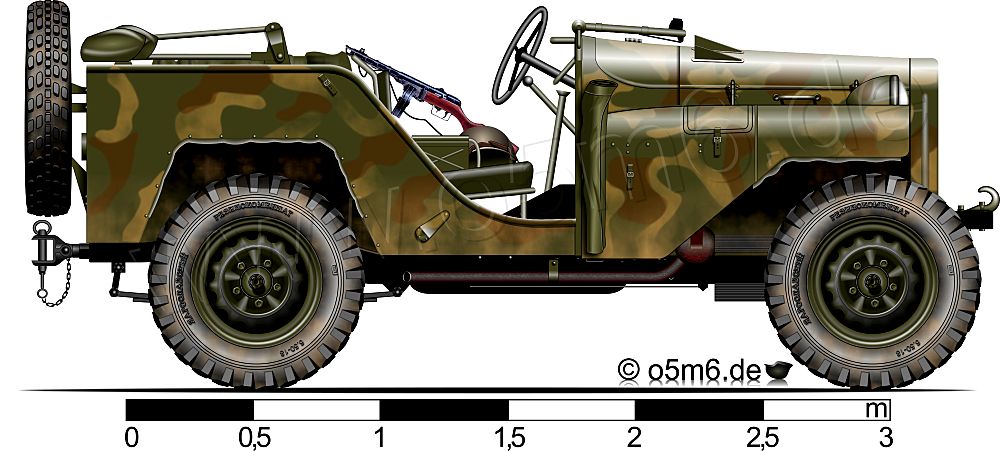
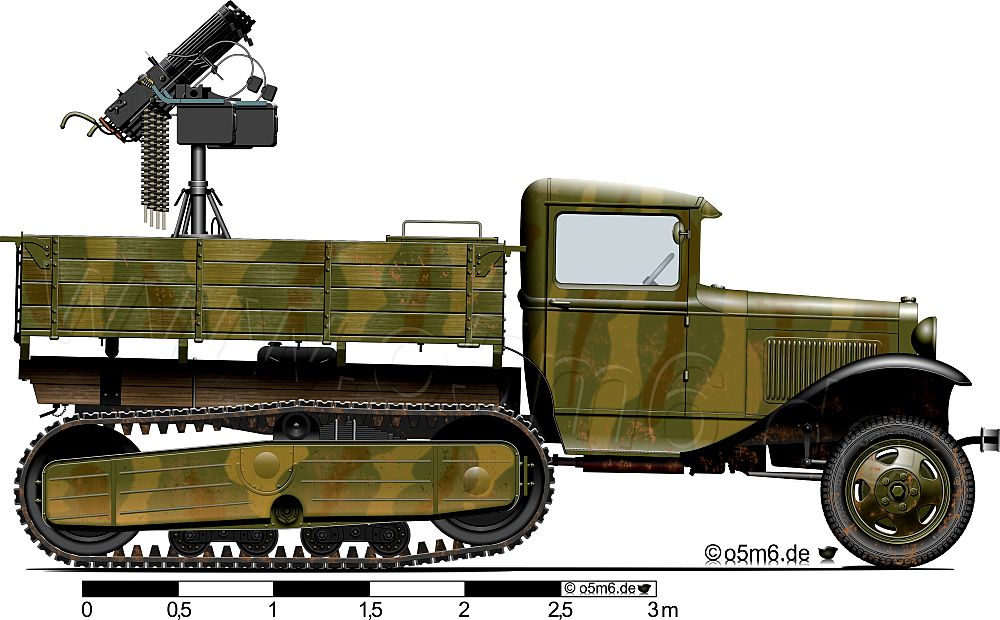
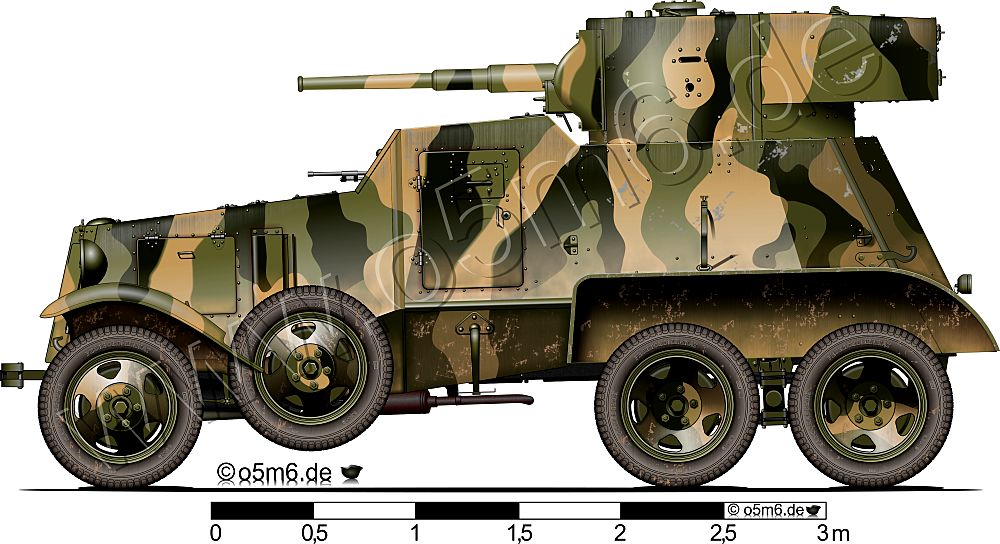
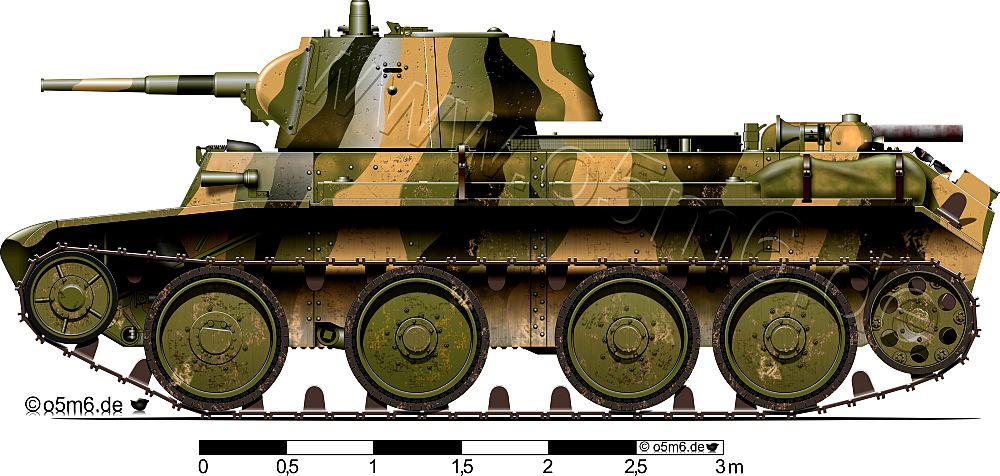
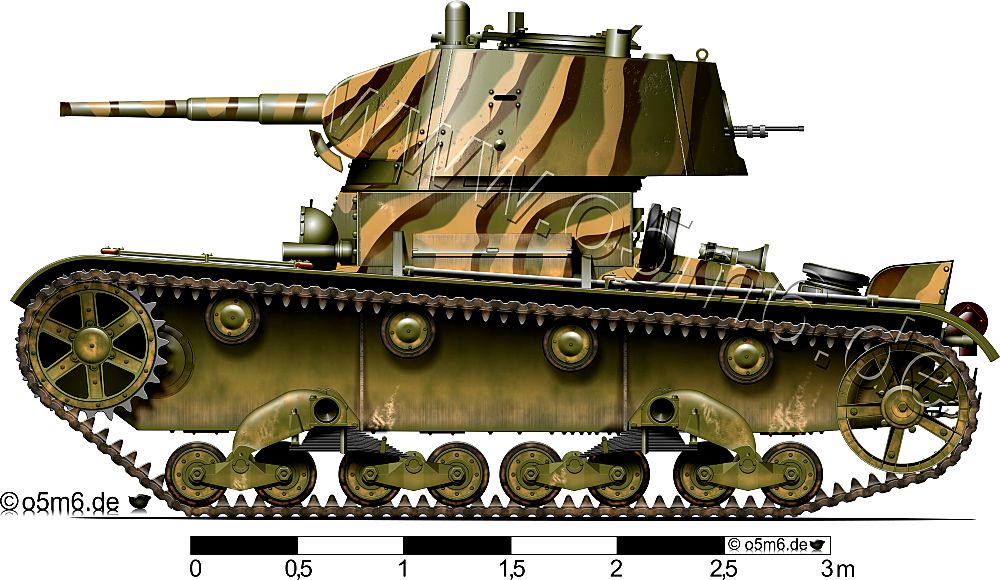
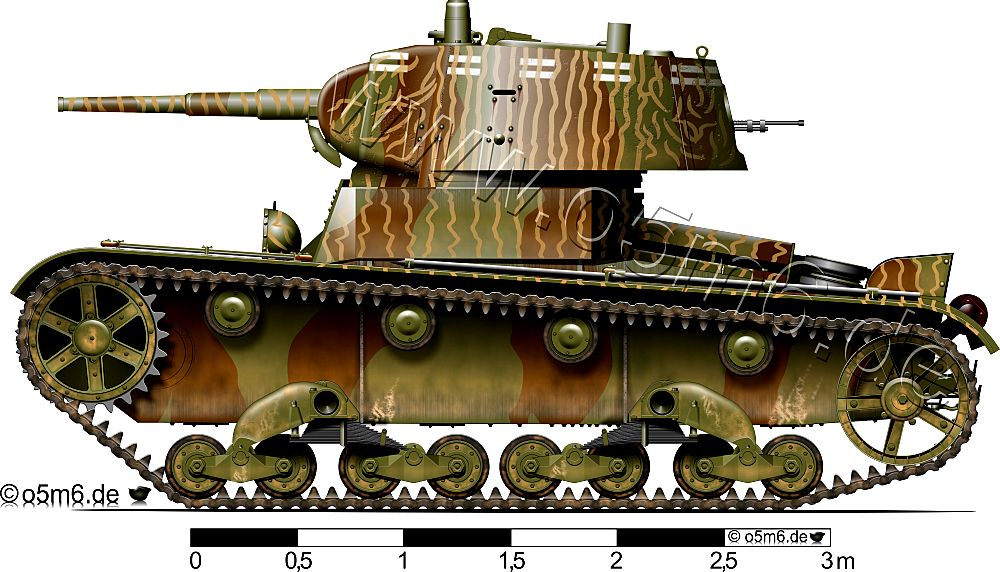
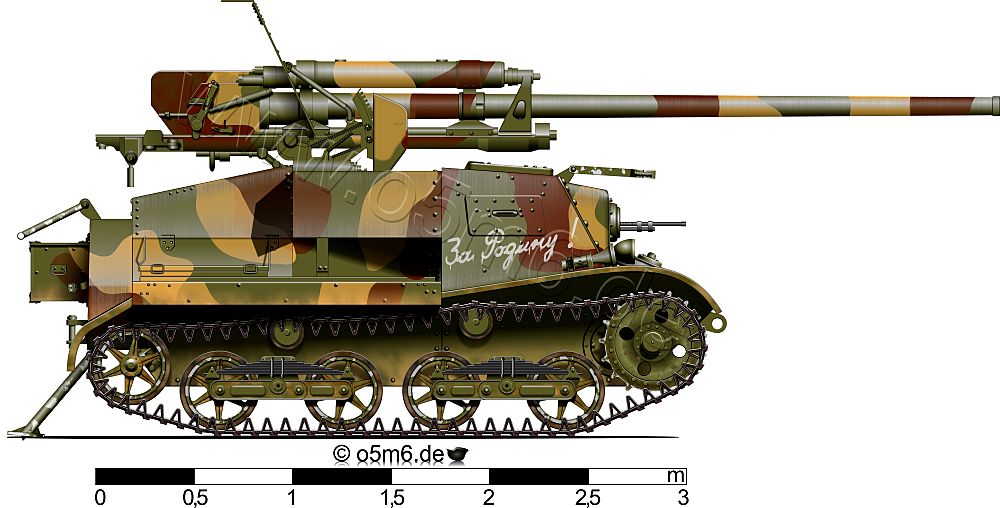
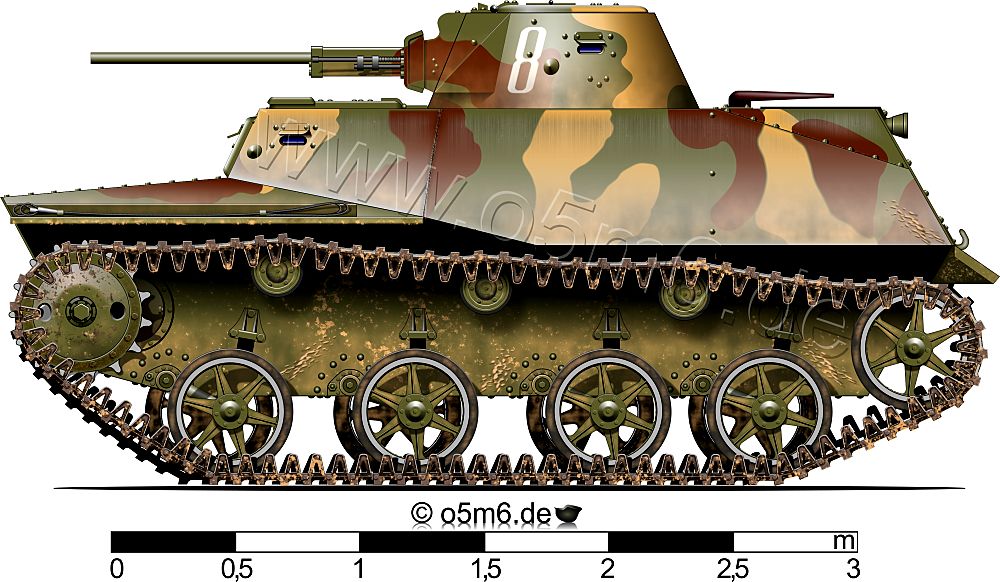
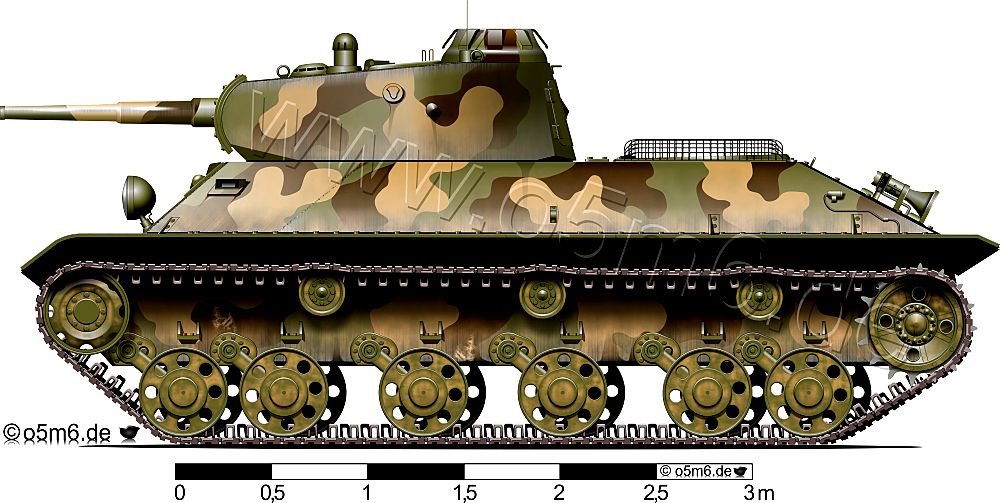
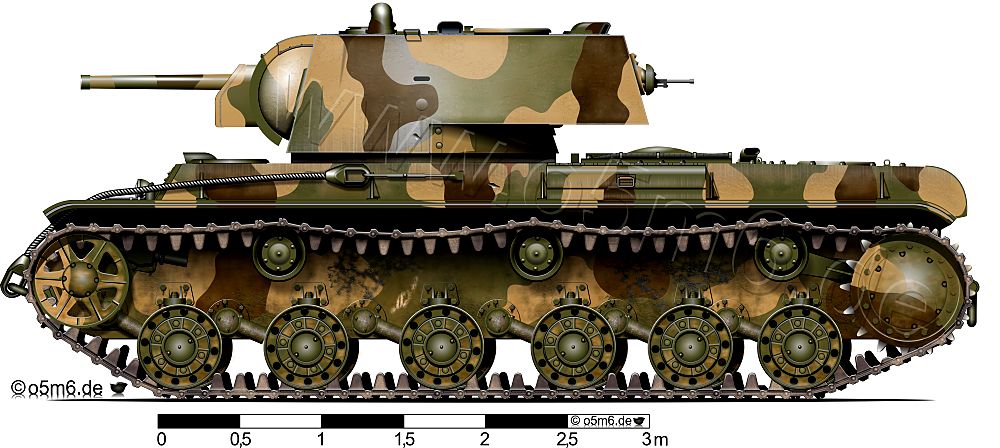
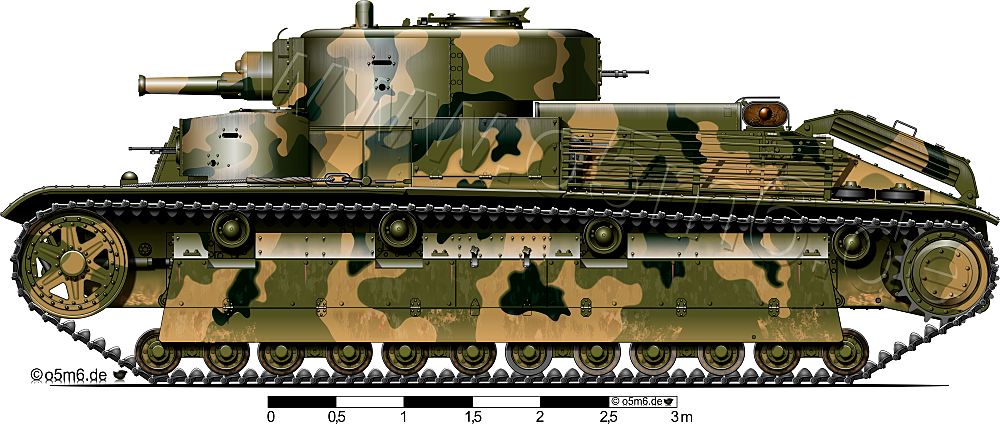
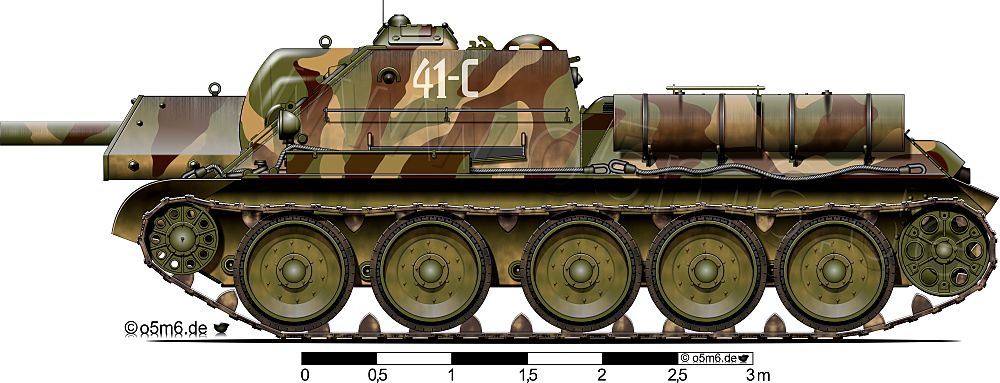

4-tone camouflage

winter camouflage
Appropriate white camouflage was used during the winter.
Armored vehicles were covered with white paint and later, paint allowing for special paint schemes was applied.
On a broad scale, the first time winter camouflage paint schemes were used during the Soviet-Finnish war, though in some units tanks remained unpainted until the end of the war.
The wide use of camouflage paint schemes was again applied during the Battle for Moscow in November and December 1941 using, of course, winter camouflage schemes.
In the winter peri≠od, standard B type White paint was used for camouflage.
The crews remained responsible for the camouflage painting, and since they often did not have sufficient knowledge in this realm, they often painted angular camouflage paint schemes.
The tactical conditions of the battlefield were not taken into account, i.e. whether a given armored vehicle would be used during an attack or defense.
This factor was significant in selecting appropriate camouflage paint schemes.
In certain cases, the use of single-tone white paint was recommended.
This was recommended if the armored vehicles fought in open spaces.
Further, the use of available camouflage agents was provided for, e.g. tree branches.
The winter camouflage painted in units was periodic.
Winter camouflage was painted with B type White paint, white glue paint or resin-based white paint.
A special network winter camouflage was recommended.
In the event of a vehicle's transfer from open areas to e.g. the forest, a change of camouflage was indicated.
Further, winter camouflage was to be immediately removed if the snow cover melted.
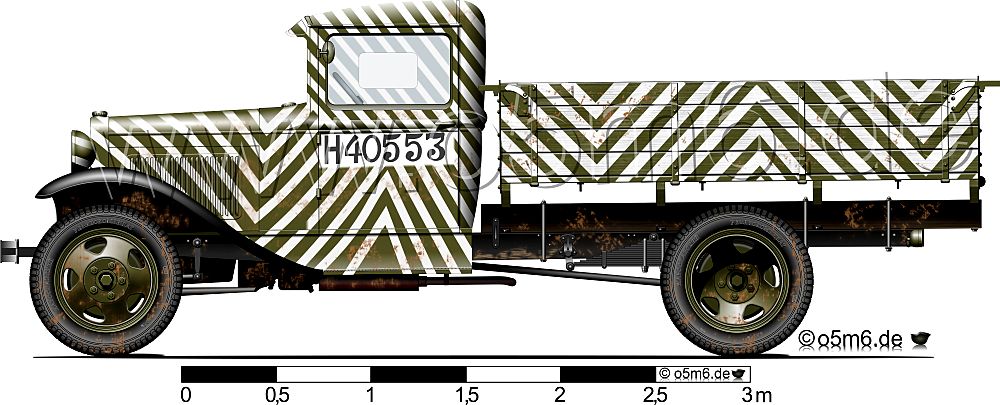
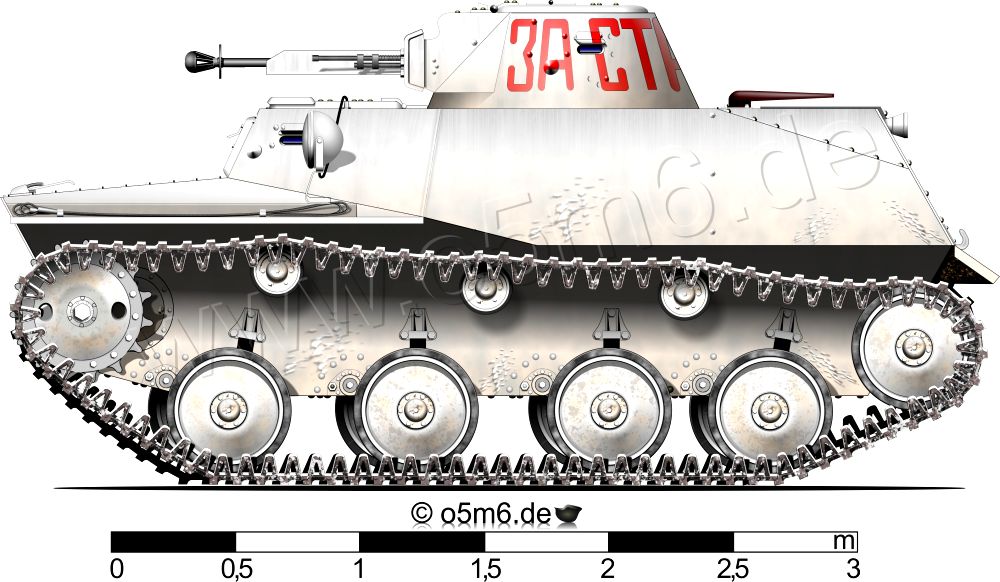
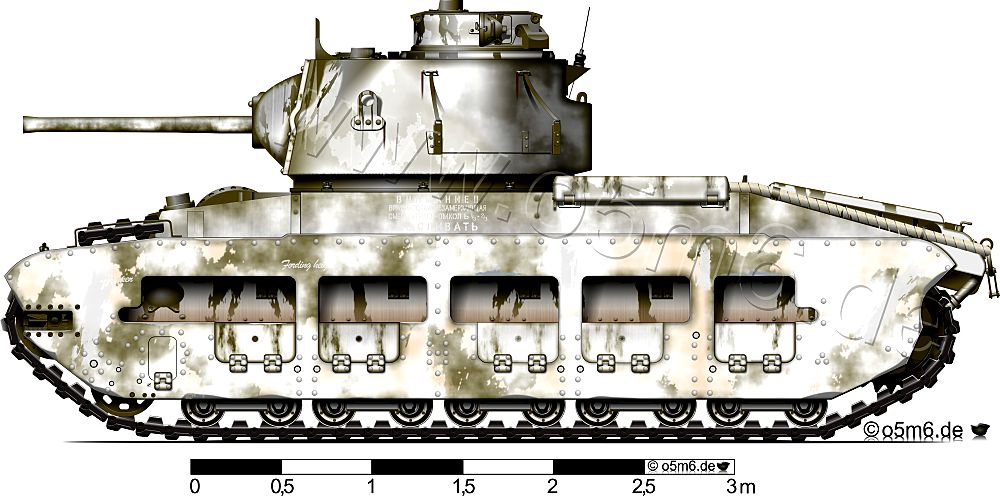
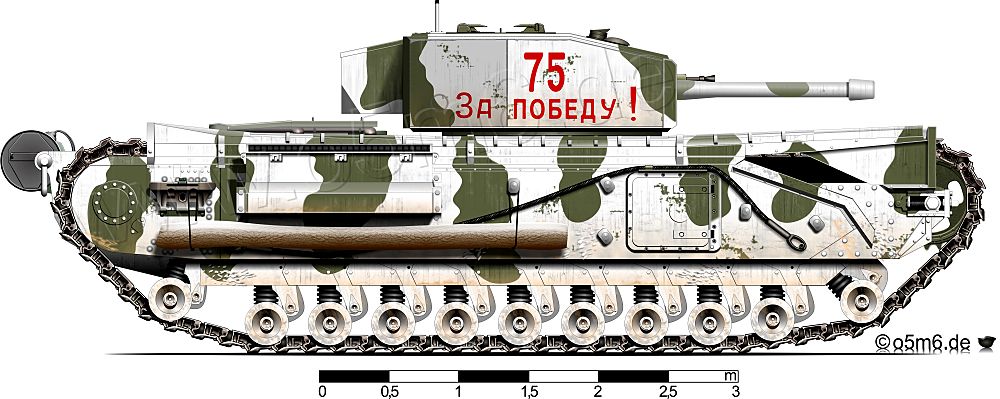
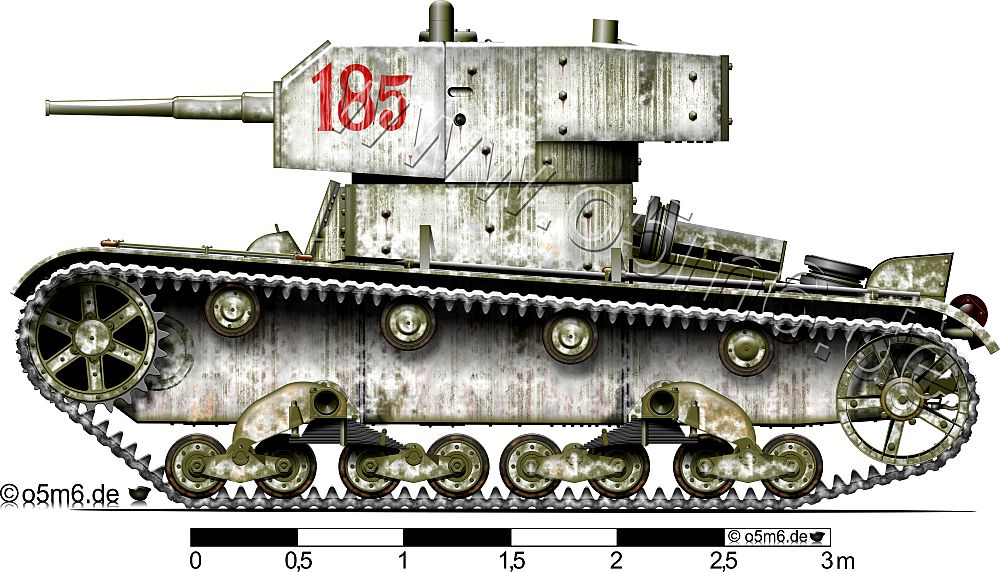
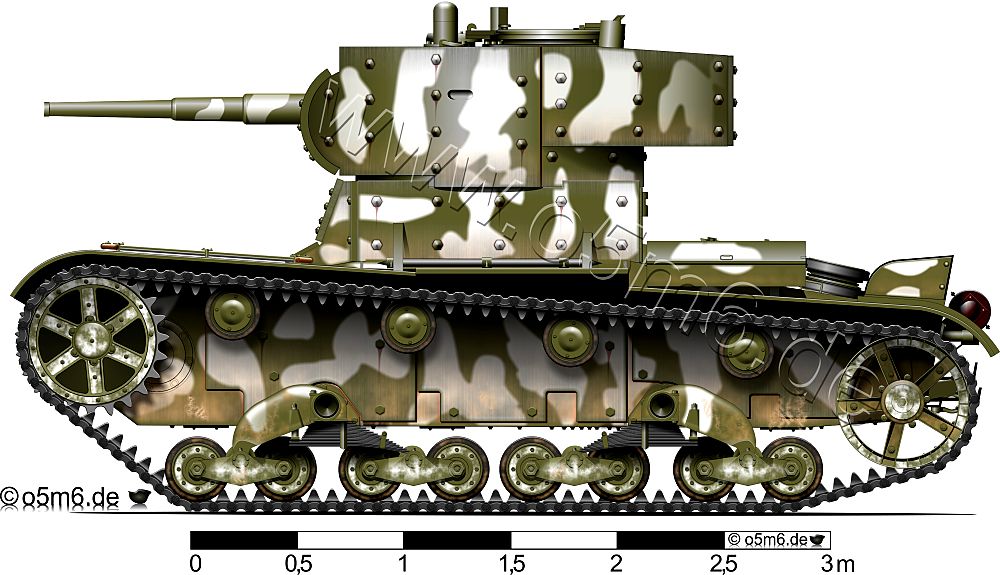
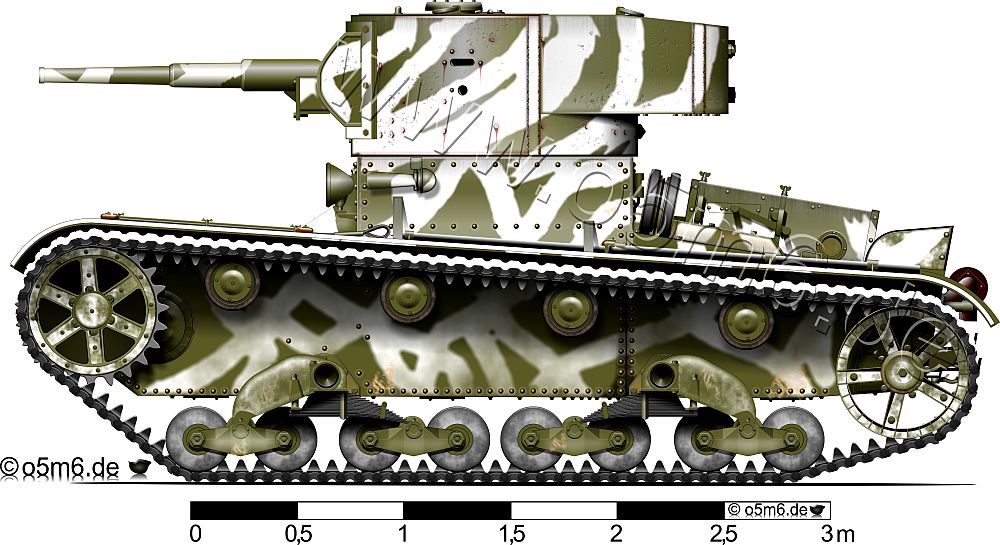
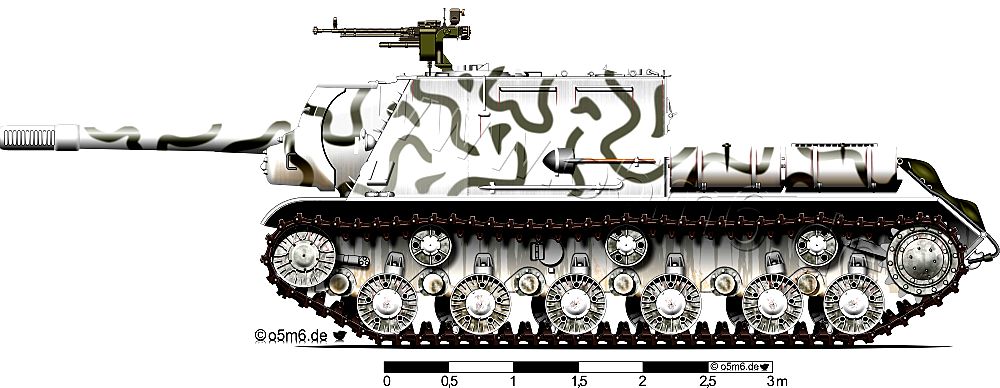
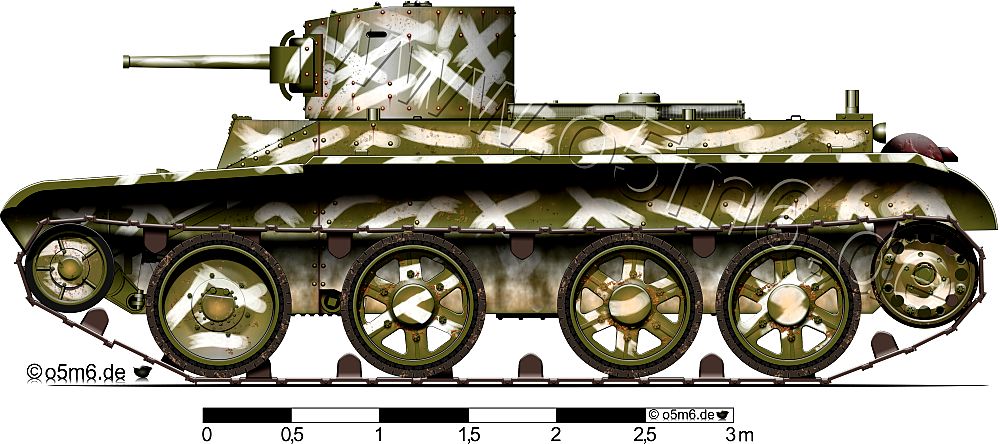
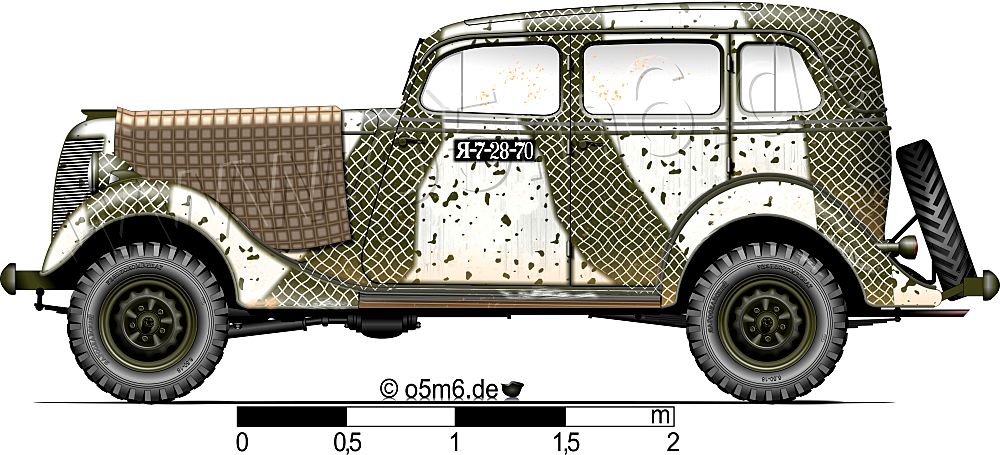
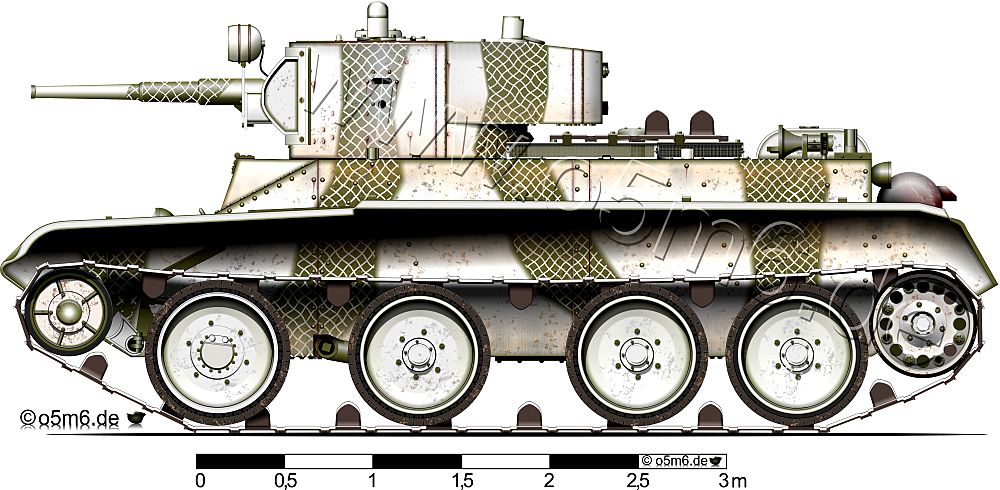
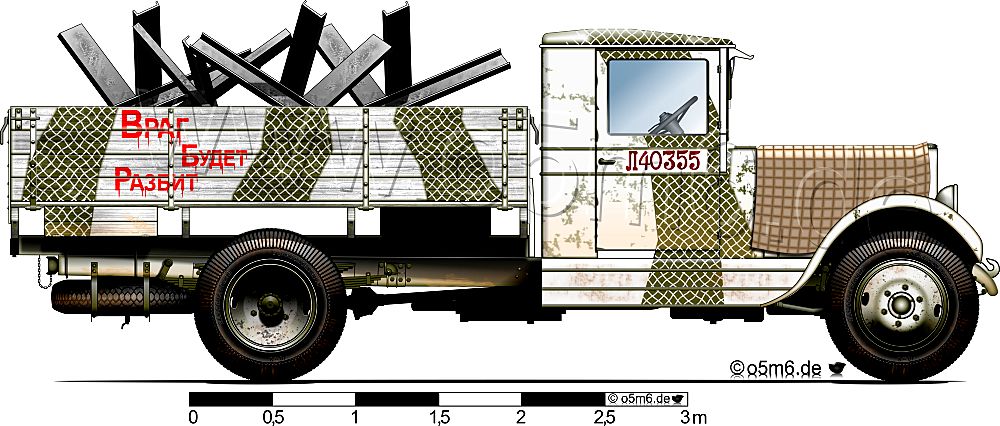
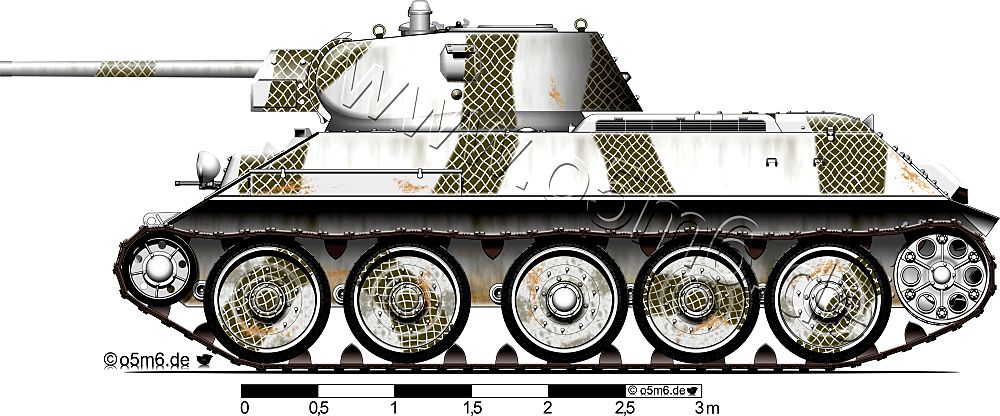
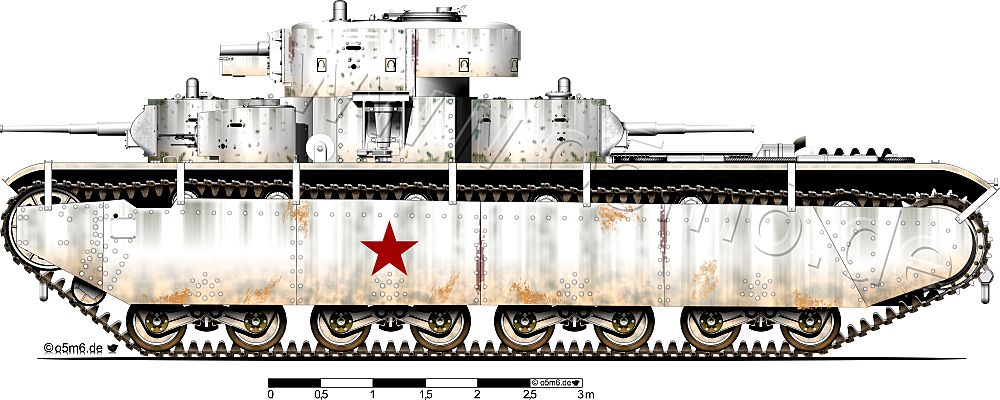
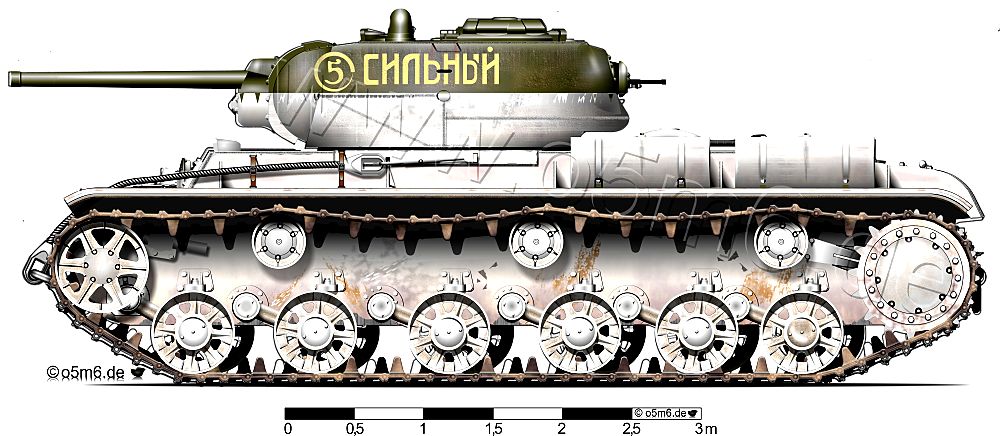
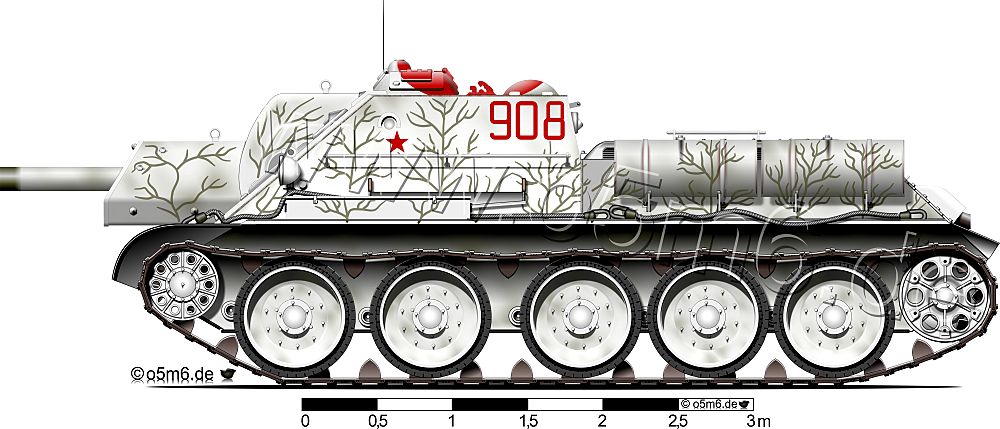
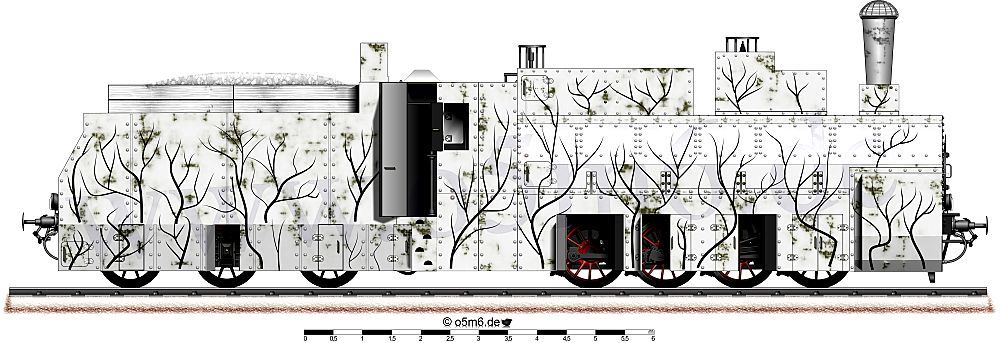
No publication in any form without the author's written permission.
Last Updated: October 01, 2016
